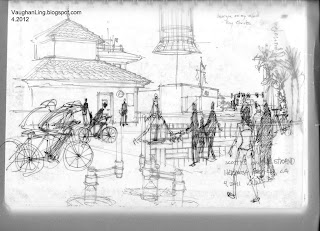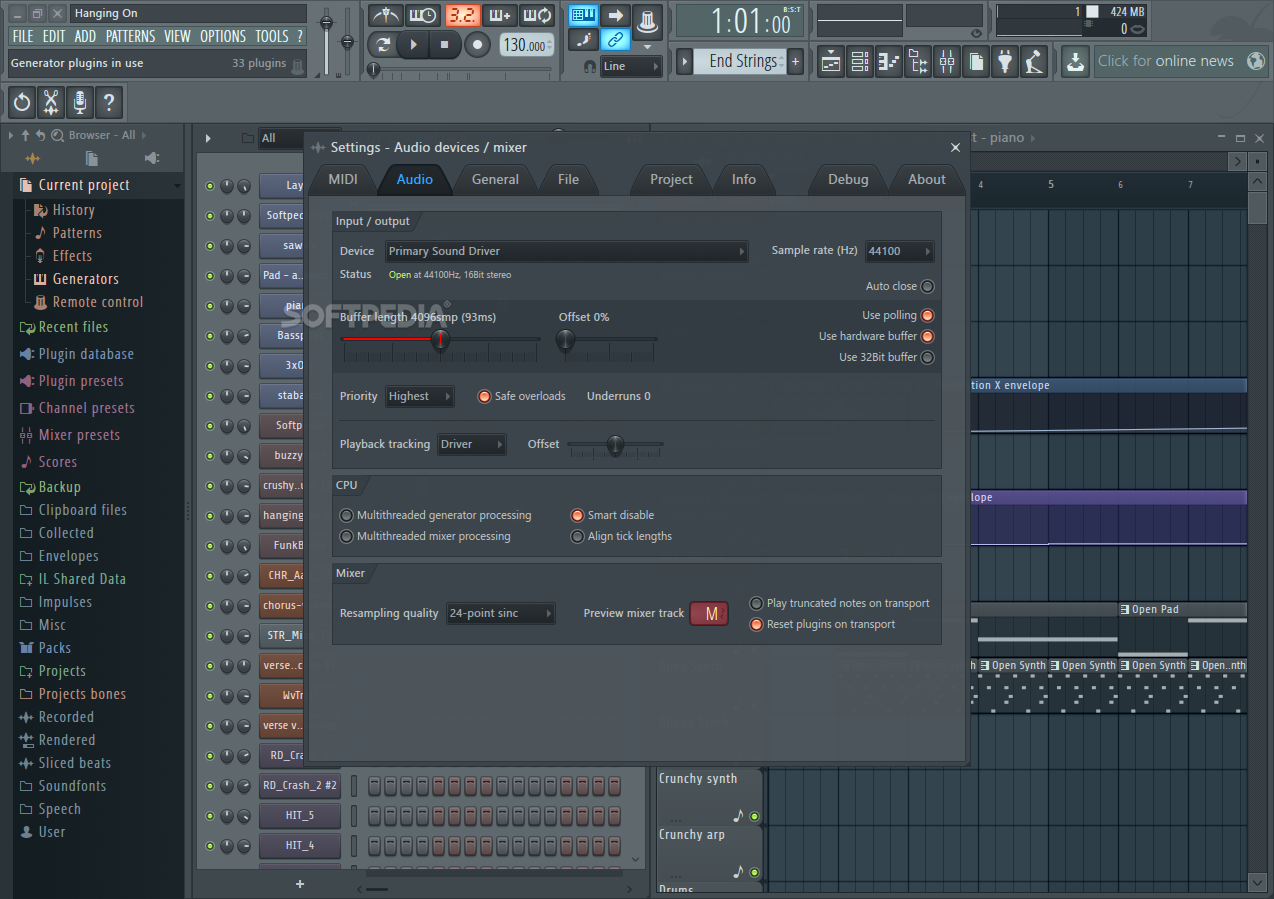


I break the process down into 3 simple steps for beginners - 1)Setting the volumes to get a static mix. This is where you let FL Studio know what audio devices to use. Open FL Studio and go to the Options > Audio Settings menu. Once you have connected your audio interface or USB microphone to your computer, you can open FL Studio and move on to the next step. Take the male end of … You can plug any microphone or multiple microphones into an audio interface. All rights not granted by the work's license are retained by the author or authors. (1) Please make sure you've tried both 32bit & 64bit versions.This work was published by Saint Philip Street Press pursuant to a Creative Commons license permitting commercial use. *For Windows users having the crackling/popping noise issue in BIAS FX/Amp/Pedal standalone, This way you have the audio files without having to run multiple plugins in order to save CPU usage. A common practice would be export the tracks with BIAS FX 2 to WAV files and reimport them into the session. Avoid using multiple instances of BIAS FX 2 plugins as it multiplies the CPU usage and can lead to CPU limit quite easily. For Windows users, we recommend you follow the guide below to optimize the system for better CPU performance for audio production work:Ĥ. Avoid opening other applications at the same time, and turn off unnecessary applications running in the background.ģ. Go to Audio Setting (of BIAS FX 2 or your DAW), set the Sample Rate to 48k or lower, set the Buffer Size to 256 or higher.Ģ. So when encountering the crackling noise, we recommend you look into the following:ġ.

Having other applications running will eat up the CPU usage as well, resulting higher CPU usage. Lower Buffer Size and/or higher Sample Rate setting will also cause higher CPU load.Ĥ. CPU will overload more easily on certain presets with more effects and/or dual amp setting.ģ. The crackling noise is due to insufficient CPU usage.Ģ.


 0 kommentar(er)
0 kommentar(er)
